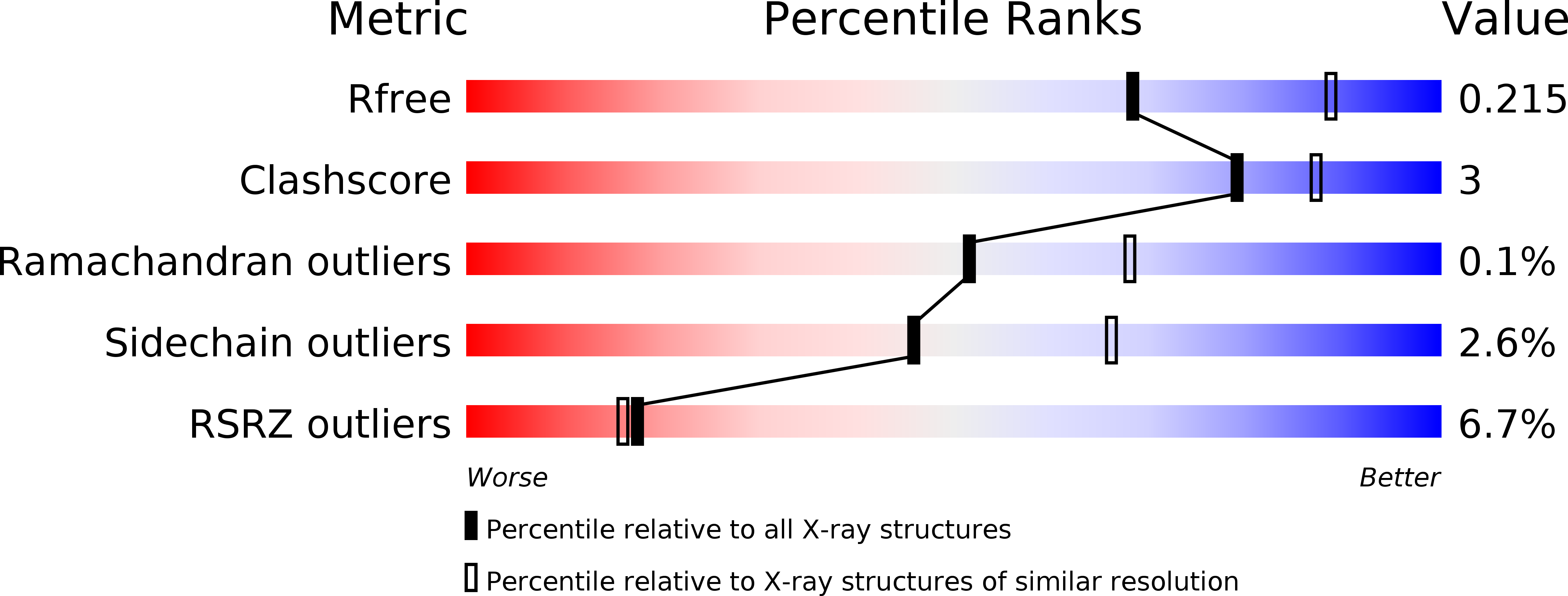
Deposition Date
2011-01-20
Release Date
2011-04-06
Last Version Date
2024-11-06
Entry Detail
PDB ID:
2Y6E
Keywords:
Title:
Structure of the D1D2 domain of USP4, the conserved catalytic domain
Biological Source:
Source Organism:
HOMO SAPIENS (Taxon ID: 9606)
Host Organism:
Method Details:
Experimental Method:
Resolution:
2.40 Å
R-Value Free:
0.21
R-Value Work:
0.17
R-Value Observed:
0.17
Space Group:
P 21 21 21


